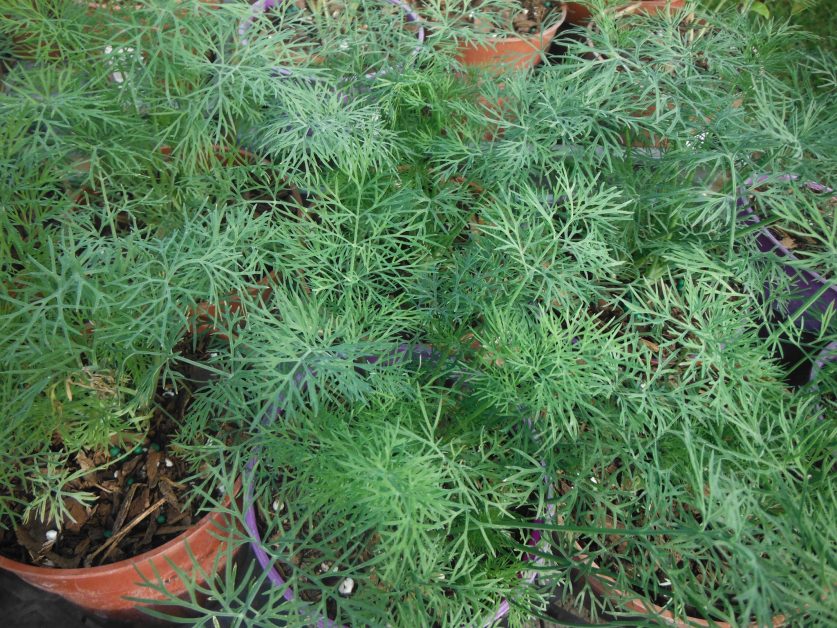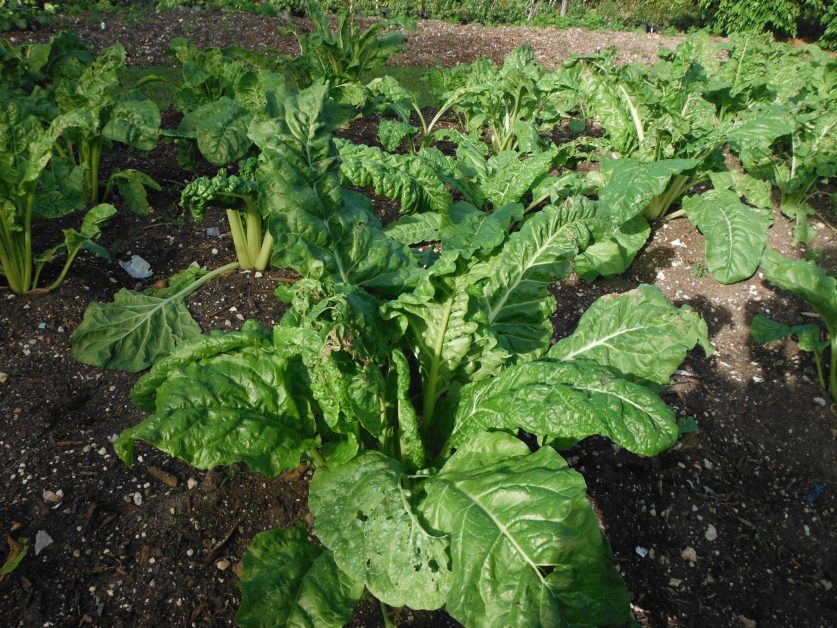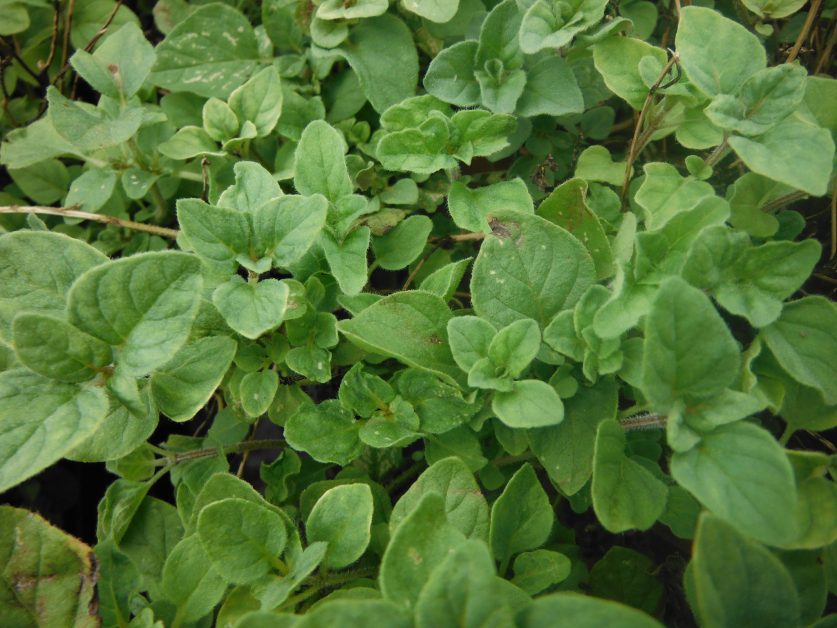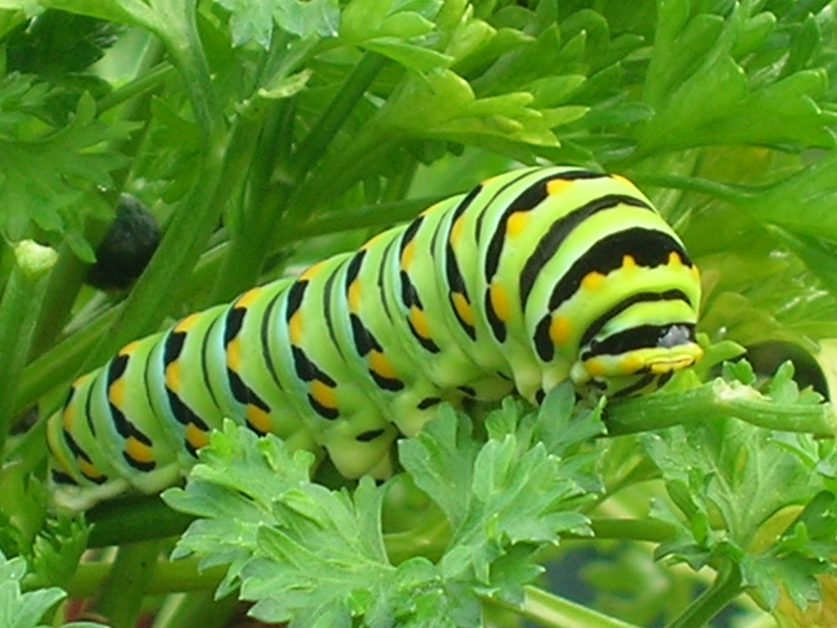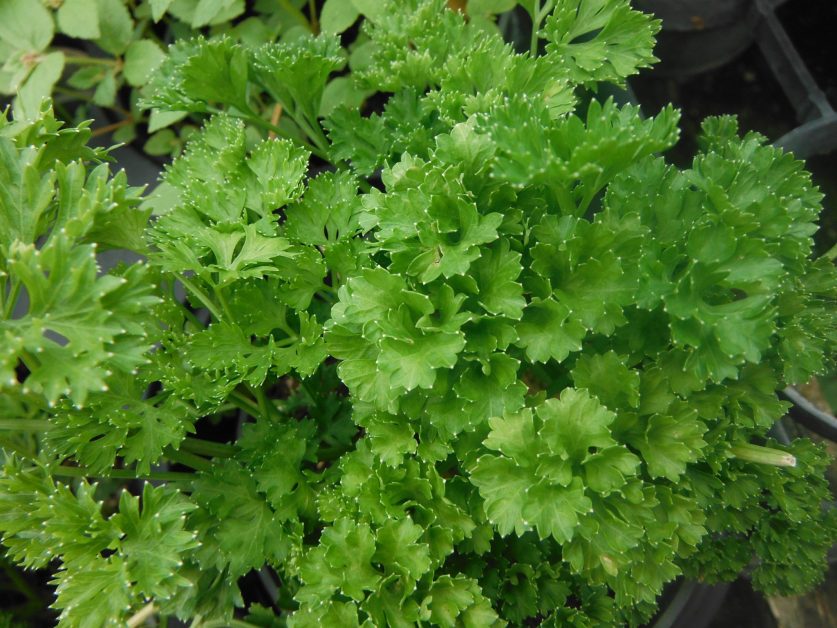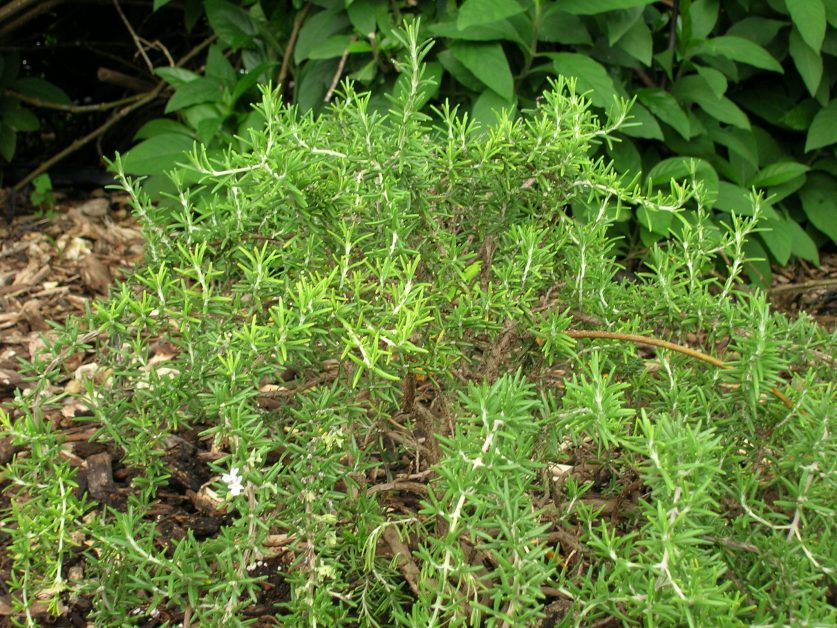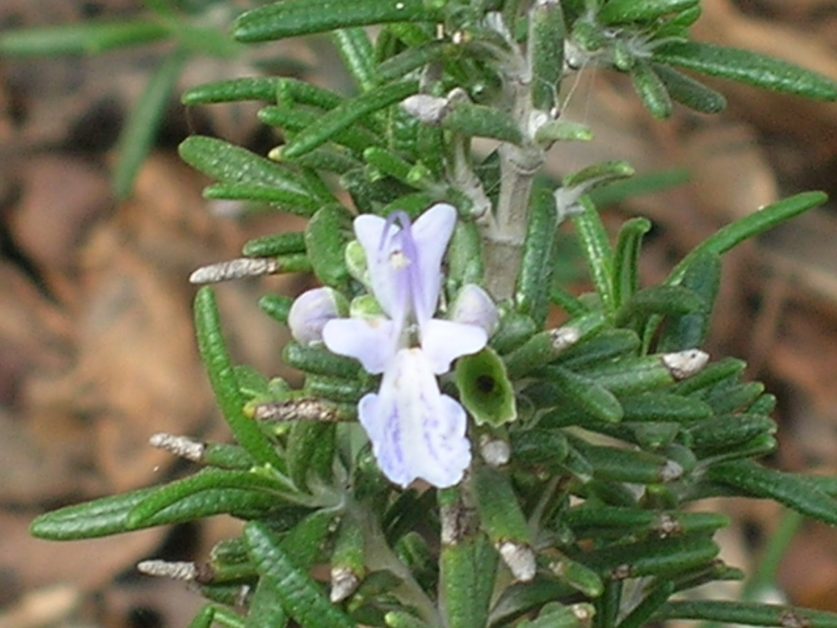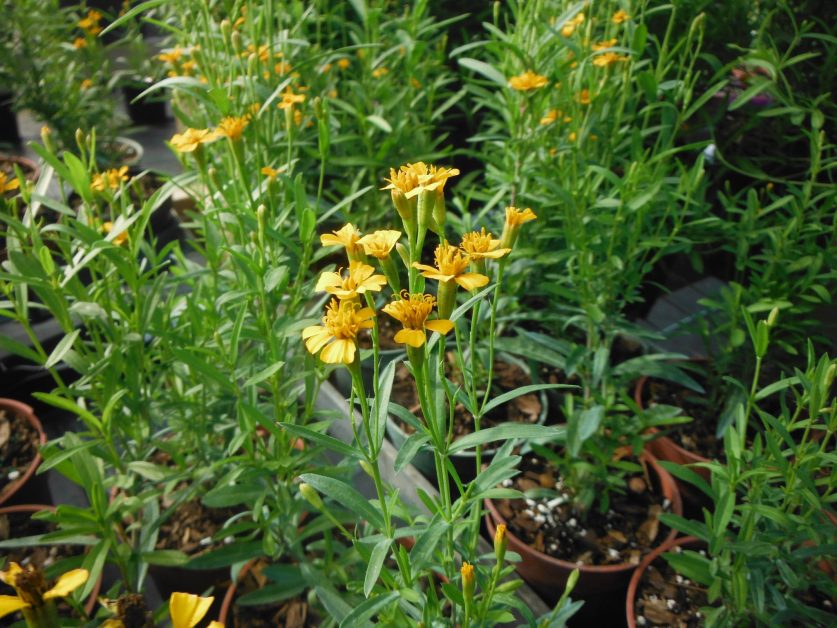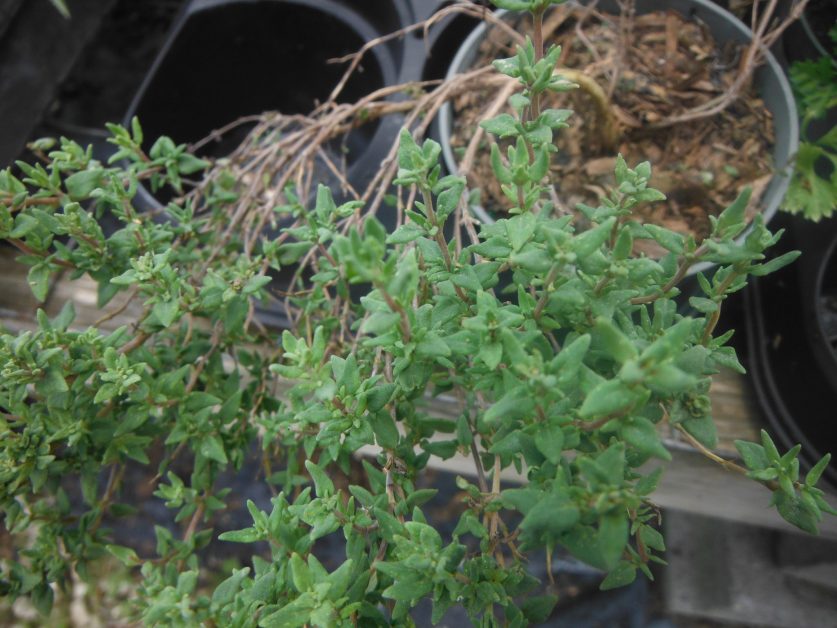Ground Covers You May Not Have Thought About, Part X
Having gone through enough Roman numerals to make the Super Bowl people jealous, Richard Lyons’ Nursery today concludes its ground cover series with a peek ahead to vegetable species that are unexpectedly well-suited to enlivening your winter landscape.
Celery, Apium graveolens var. dulce: Celery is a member of the Apiaceae, the important vegetable family that includes carrots. It was first grown for its medicinal properties. A Mediterranean native, it is well-attuned to our region’s mild winters. Celery matures to just over 3 ft. tall, whereupon it produces masses of compound, creamy-white flowers on upright stalks. The flower heads, reminiscent of an umbrella, are called umbels.
Dill, Anethum graveolens: Dill is another of the Apiaceae that doubles as an edible crop and desirable ground cover. Reaching 3-5 ft. high, it features delicate, lacy blue-green leaves borne on slender stems. Like celery, it produces compound flowers, but they are yellow rather than white. This Asian native prefers full-sun exposures and well-drained soils. Both dill and celery are larval hosts for a number of butterfly species.
Swiss Chard, Beta vulgaris subsp. cicla: Today’s quiz: Where is Swiss Chard native? Answer: The Mediterranean, of course! (This beet relative is called Swiss Chard to distinguish it from old varieties of French spinach known as chard.) Not only is this vegetable highly nutritious, it is also downright beautiful, producing glossy, prominently-ribbed green leaves that feature contrasting rib and leafstem coloration that may vary from white to yellow to red. The mature plant reaches 2-3 ft. in height.
Oregano, Origanum vulgare: See “Herbs for Summer Heat” (August 16, 2013) on this website.
Parsley, Petroselinum crispum: See “Herbs for Summer Heat” (August 16, 2013) on this website.
Rosemary, Rosmarinus officinalis: See “Herbs for Summer Heat” (August 16, 2013) on this website.
Tarragon, Artemisia dracunculus var. sativa: See “Herbs for Summer Heat” (August 16, 2013) on this website.
Thyme, Thymus vulgaris: See “Herbs for Summer Heat” (August 16, 2013) on this website.
- Dill
- Swiss Chard
- Origanum vulgare (Oregano)
- Papilio polyxenes on Petroselinum (Black Swallowtail Butterfly Larvae on Parsley)
- Petroselinum crispum (Parsley)
- Rosemarinus officinalis ‘Prostratus’ (Prostrate Rosemary)
- Rosemarinus officinalis ‘Prostratus’ (Prostrate Rosemary)
- Mexican Tarragon
- Tagetes lucida (Mexican Tarragon)
- Thymus vulgaris (Thyme)
